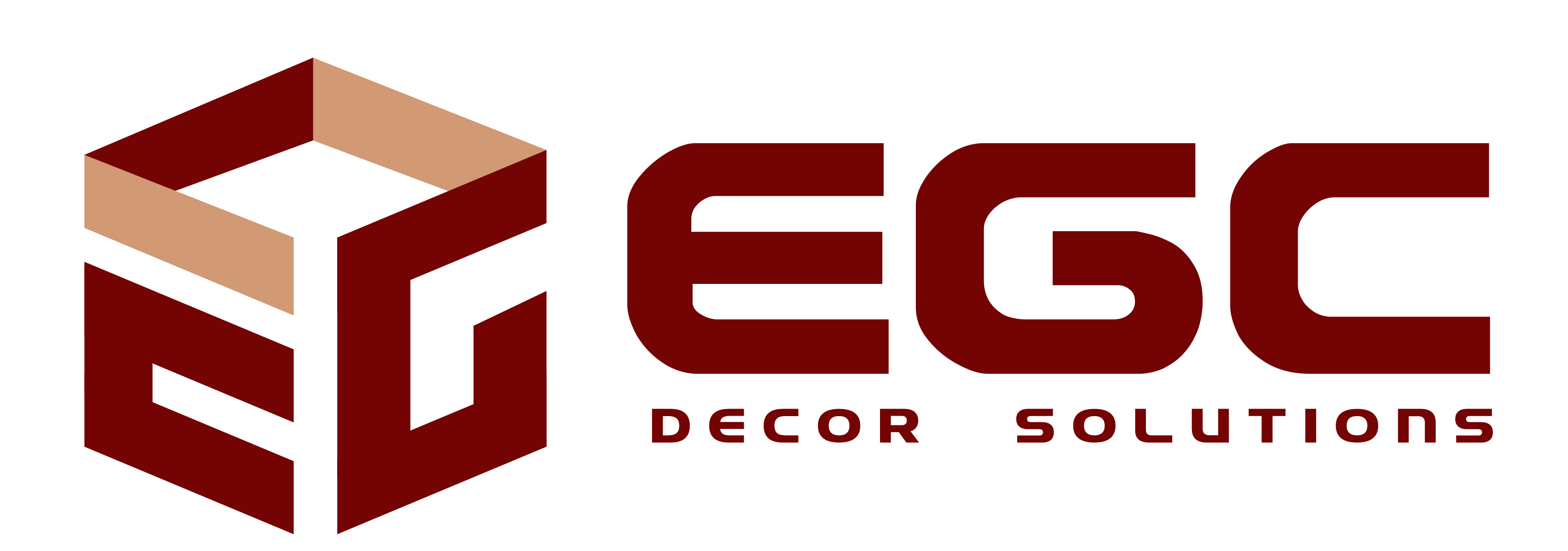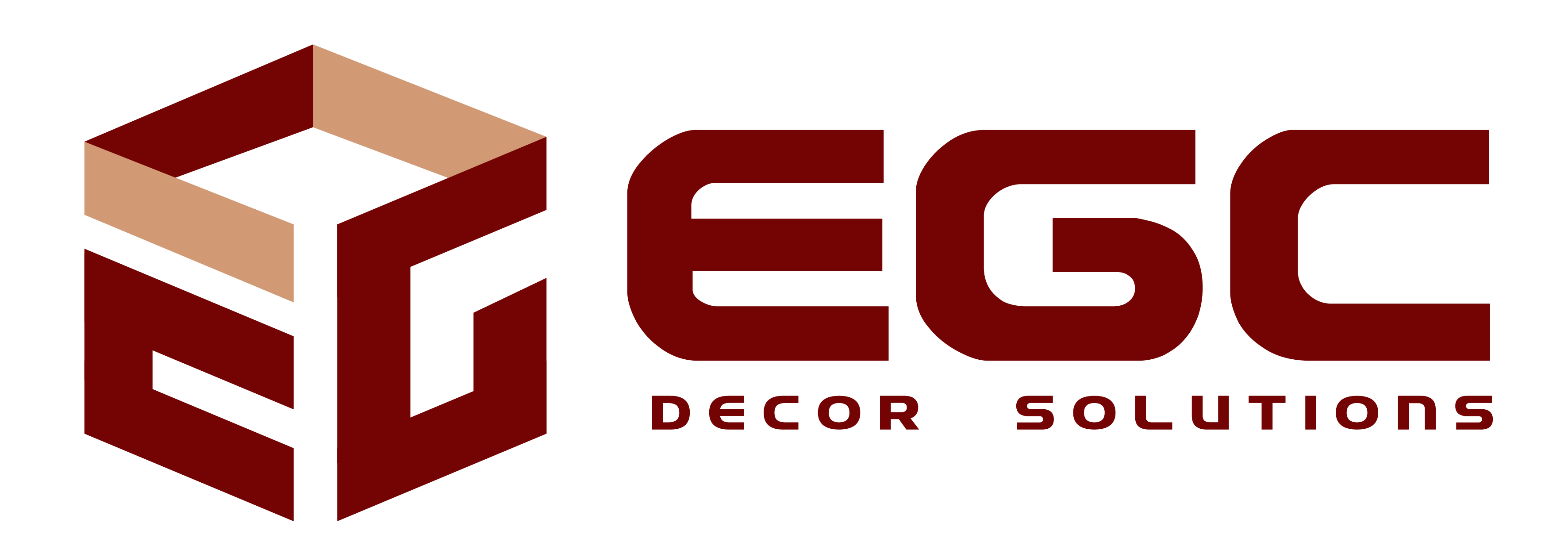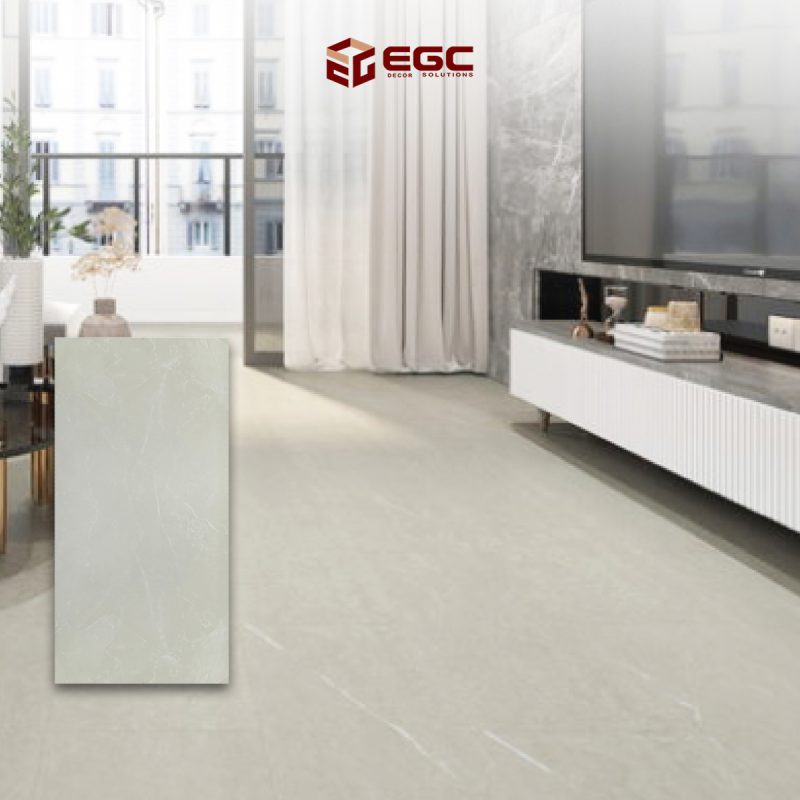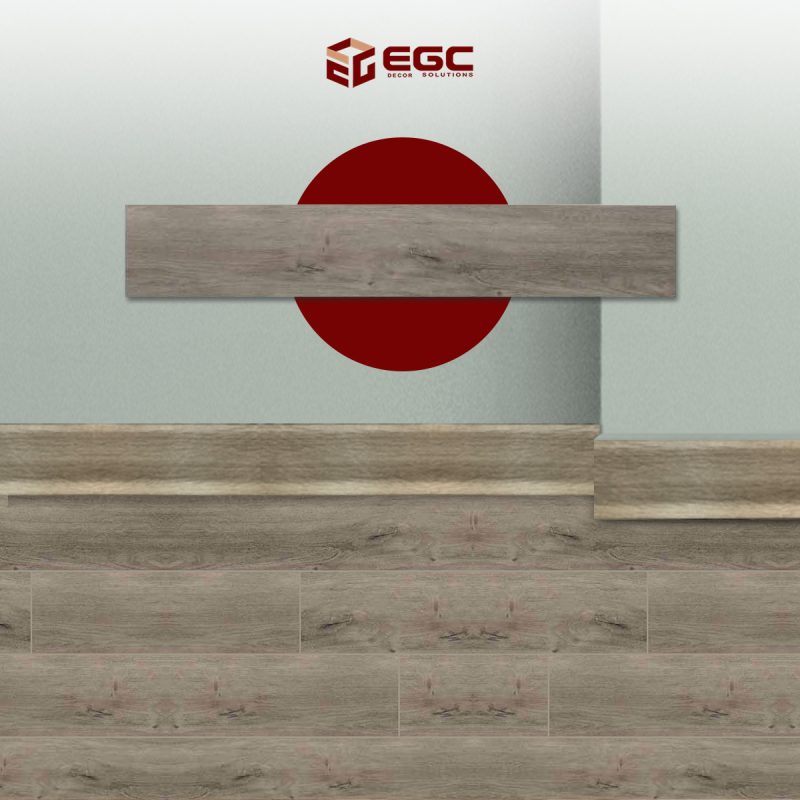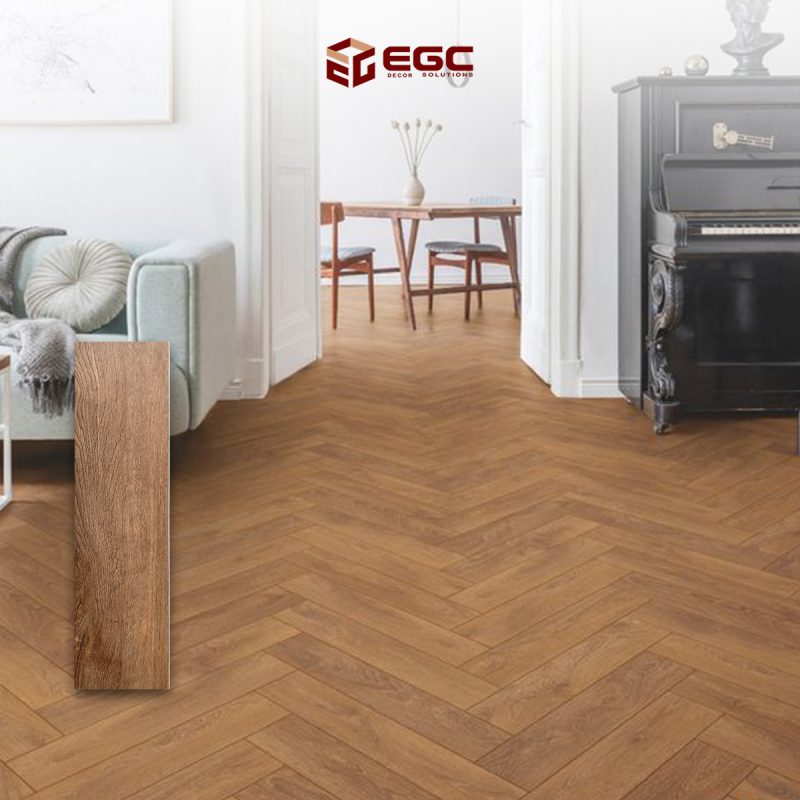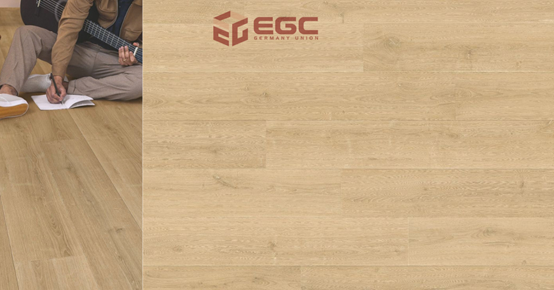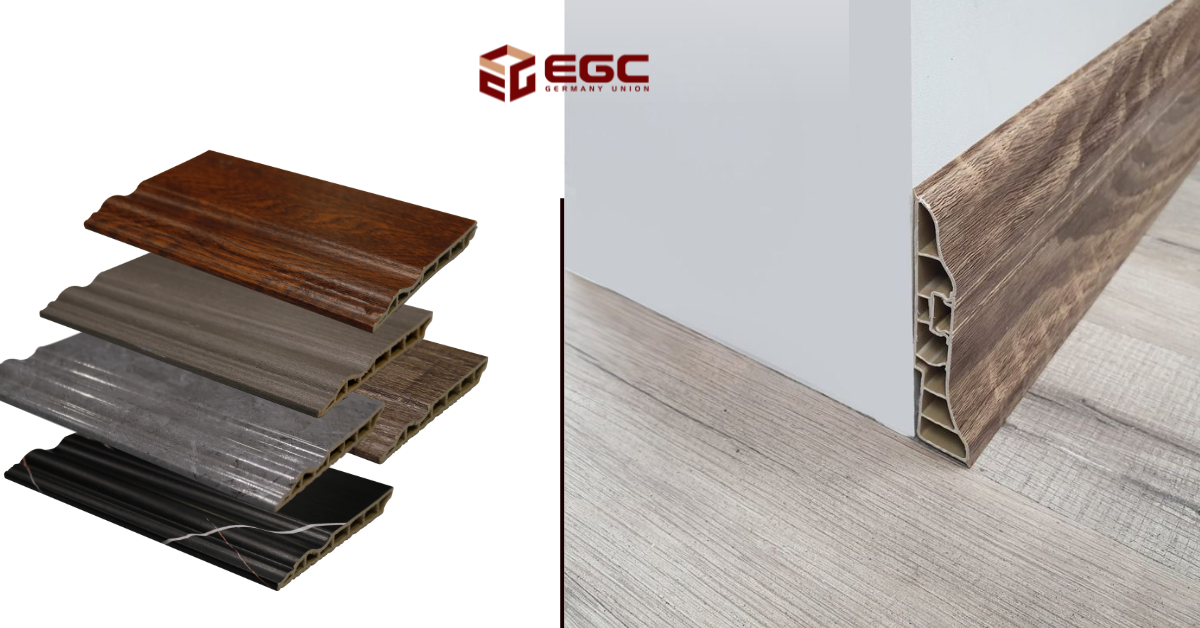What is parquet flooring, and why is it the best alternative to ceramic and porcelain tiles?

What is parquet flooring—and why is it the preferred alternative to ceramic and porcelain tiles?
Parquet is a type of flooring made from solid wood pieces or engineered wood. It enjoys wide popularity due to several qualities that make it a favorite for many:
Key Advantages of Parquet:
- Aesthetic Appeal:
Parquet adds beauty and elegance to any space. It comes in various designs and colors that suit different interior styles and décor themes. - Durability:
It is highly durable and can withstand daily use for long periods. Moreover, parquet can be sanded and refinished to remove surface scratches and restore its new-like appearance. - Eco-Friendly & Healthy:
Made from natural wood, parquet is environmentally friendly and helps conserve natural resources. It also doesn’t contain harmful chemicals, making it safer than some other flooring types. - Thermal & Acoustic Insulation:
Parquet provides excellent heat and sound insulation, helping maintain a comfortable indoor temperature and reducing noise between floors. - Easy Maintenance:
Parquet is easy to maintain and clean—requiring only regular sweeping and damp mopping, without the need for harsh cleaners. - Adds Property Value:
It enhances the value of the property as it’s considered a premium element that increases a home’s appeal and market price.
Despite its many benefits, preferences may vary, and some people might opt for different flooring types based on their needs. However, there are many styles of parquet—like HDF parquet, which offers unique advantages over natural wood.
Composition of HDF Parquet
HDF (High-Density Fiberboard) parquet is made from compressed wood fibers and strong resins:
- Wood Fibers:
Processed hardwood and softwood fibers are the main material used. - Binding Resins:
Strong bonding agents (phenolic or acrylic resins) help form stable, high-density boards. - Additional Additives:
Reinforcement materials like industrial resins or fiberglass may be used for extra strength. - Top Layer:
The surface is coated with a scratch- and wear-resistant layer, often made from laminate, vinyl, or polyurethane, enhancing durability and appearance. - Bottom Layer:
Often made of composite or plastic to provide moisture resistance and dimensional stability.
This layered structure gives HDF parquet durability, stability, and resistance to daily wear, scratches, and moisture.
Typical Structure of Wood Flooring:
Wood floors usually consist of 4 layers:
- Bottom layer: Ensures flatness and strength.
- Middle insulation layer: Protects from heat and moisture.
- Decorative layer: Printed design mimicking wood grain.
- Top transparent layer: Protects the decorative layer and adds durability.
Common woods used include oak, walnut, pine, maple, and high-end options like mahogany.
Cleaning Tips:
- Use a vacuum or soft broom to clean wooden floors horizontally or vertically.
- For polishing, use a soft cotton cloth with wood cleaner or polish. Ensure good ventilation for quick drying.
- Floors are installed using special adhesive or silicone sealant.
Where is Parquet Used?
Parquet is widely used in homes, especially in bedrooms, hallways, and living areas, as well as in offices. One of its minor drawbacks is that it may produce some noise due to its limited sound absorption compared to carpets.
It’s also used in sports halls, such as basketball and volleyball courts, because certain types are anti-slip, ensuring safety for players.
Parquet Colors & Designs:
Parquet comes in a variety of colors and styles, such as:
- Dark brown wood flooring
- Grey-toned wood flooring
It’s ideal for floors or walls, contributing to the overall elegance of your interior.
Warranty & Longevity:
Many parquet products come with warranties of up to 30 years, thanks to their strong construction and four-layer design. This makes parquet a premium product with high specifications, excellent quality, and elegant designs—making it a top choice for stylish and durable flooring.
